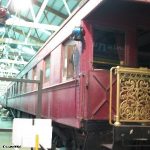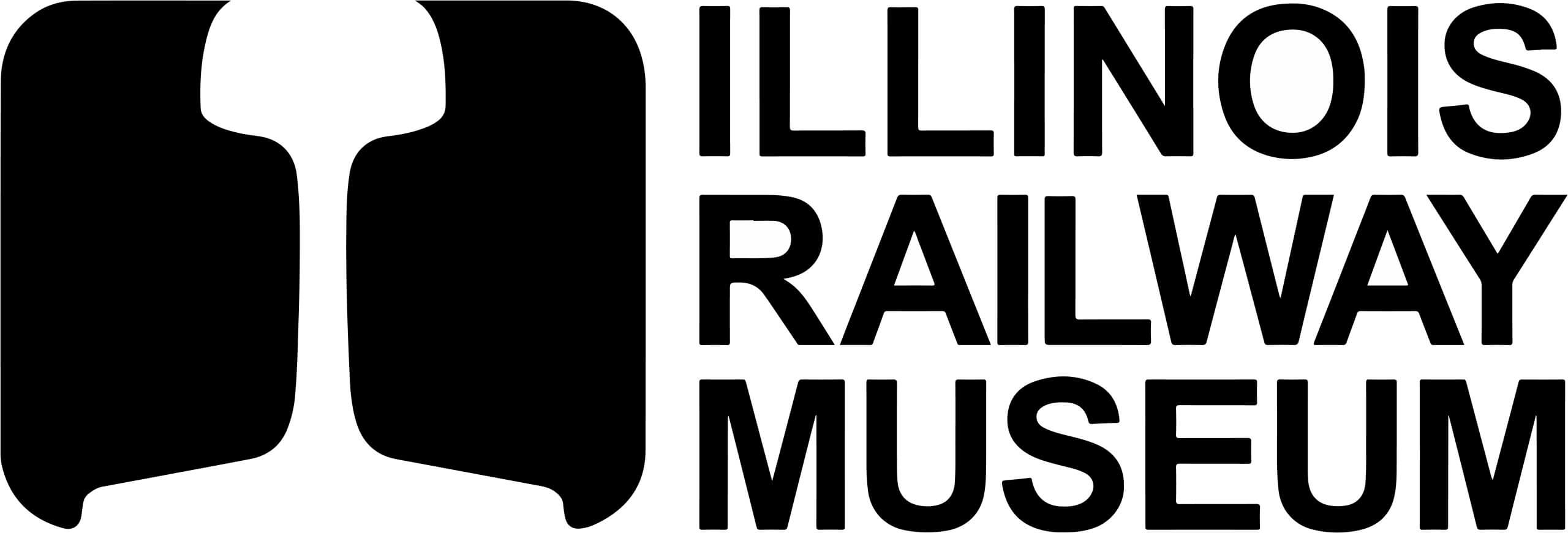Railroad Passenger and Baggage Cars

Nevada Northern 101
| Description: | Private Car |
Equipment Information
Nevada Northern 101, the “Ely,” is a particularly opulent example of a railroad private car. It was used by the president of the railroad for private luxury transportation and could also be employed as a rolling office or a way to “wine and dine” railroad customers. Its interior features extensive hand-carved wood, opulent furniture, and plush furniture while its open rear platform is typical of private cars and permitted a 180-degree view from the rear of the train. The “Ely” was originally built for the Plant System railroad network in the southeastern U.S. and was later sold to the Nevada Northern. In 1927, it was rebuilt with a steel underframe, steel exterior sheathing, and electric lights.
Nevada Northern 101 Details
Builder: Pullman/Pullman-Standard
Year Built: 1889
Seats: 10
Length: 75ft 4in
Width: 9ft 11in
Height: 14ft 6in
Weight: 143200 lbs
Brakes: L-2
Trucks: 6 Wheel
Description: Private Car “Ely”
Arrived: 1962
Condition: Complete / restored / not operational
Nevada Northern 101 Ownership History
1889-1906 – Savannah Florida & Western #100
1906-1916 – Nevada Northern #100
1916-1947 – Nevada Northern #101 “Ely”
1947-1957 – Gulf Mobile & Ohio #10
1957-1962 – North American Car #10 “NOA”
1962-present – Illinois Railway Museum, Union, IL
Whistle Stop Tours
One of the best-known traditions in American politics is the “whistle stop tour.” This involves a candidate traveling around to numerous cities making campaign speeches. The phrase dates to 1948 when, with two months before the presidential election and trailing in the polls, President Harry Truman embarked on a 30,000 mile cross-country train trip. He stopped at towns large and small to campaign for reelection. He spoke from the open back platform of the presidential car, the “Ferdinand Magellan,” in over 200 locations. These included many small “whistle stop” towns along the railroad. The result was his unexpected reelection and an iconic photo of him standing on the platform of the “Magellan” holding a copy of the Chicago Tribune erroneously calling the election for his opponent.
The practice of bringing a political campaign to the voters began in 1840. It truly flourished with the development of the railroad. For a century, presidential candidates used chartered trains to personally speak to the most voters in the smallest amount of time. William Jennings Bryan became among the first candidates to spend virtually his entire campaign riding the rails when he ran for president in 1896. Two decades later, Woodrow Wilson was the first sitting president to go on a campaign tour. Nearly every presidential candidate between 1860 and 1960 made at least one campaign trip by rail.
The tradition of “whistle stop tours” is still very much alive. Modern candidates speak from aircraft hangars, though, more often than from the platforms of railway cars like this car, the “Ely” of the Nevada Northern Railway. This car’s opulent interior befits a presidential car but the “Ely” never served in this way. Rather, it was a private car used by the railroad’s officials and important guests. Nowadays, political candidates can visit more cities in less time on an airplane than in a railroad car. Nevertheless, the roots of the modern campaign owe much to the tradition of a candidate standing on the back of a railroad car speaking to a crowd gathered below.
Click to return to Passenger Car roster
Click to return to main roster page
